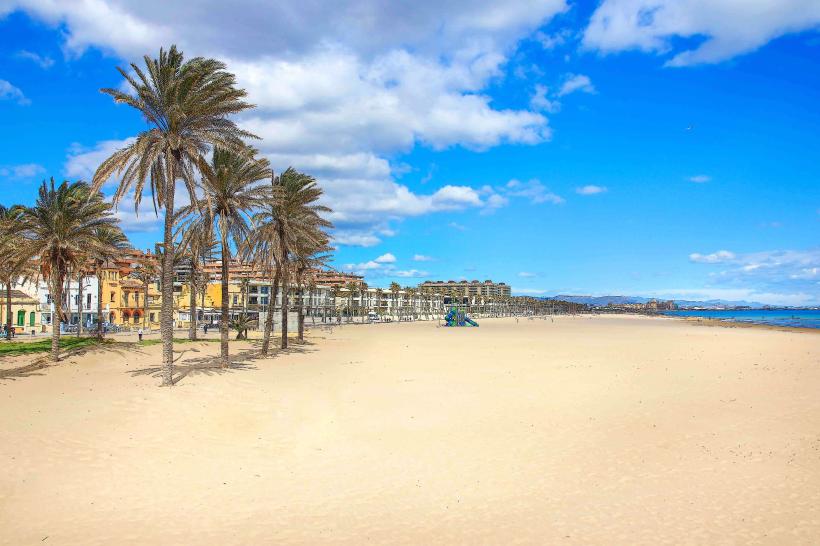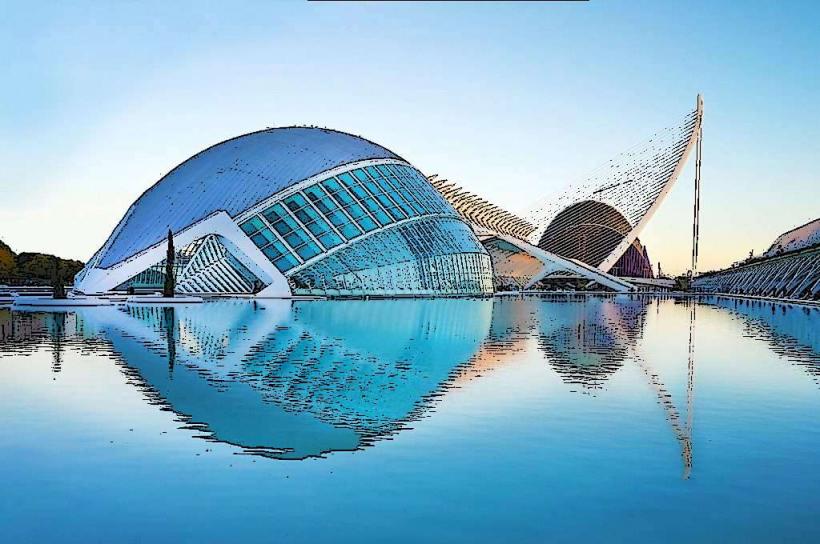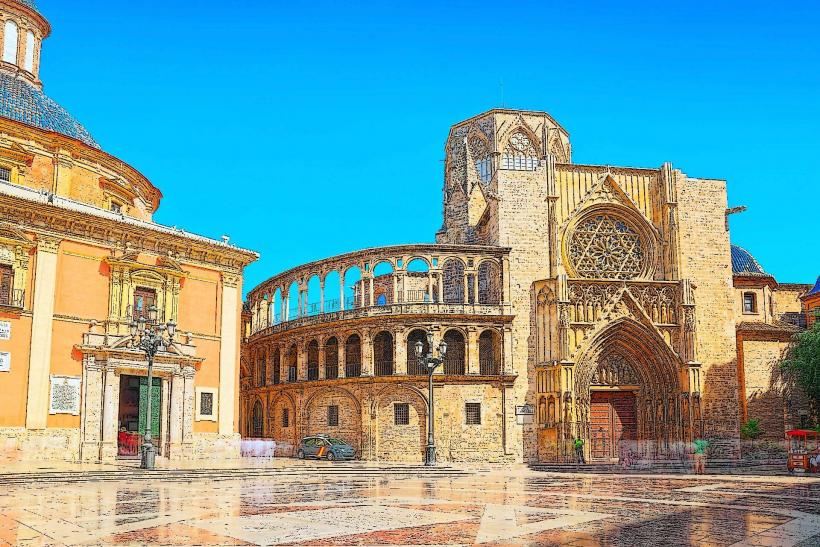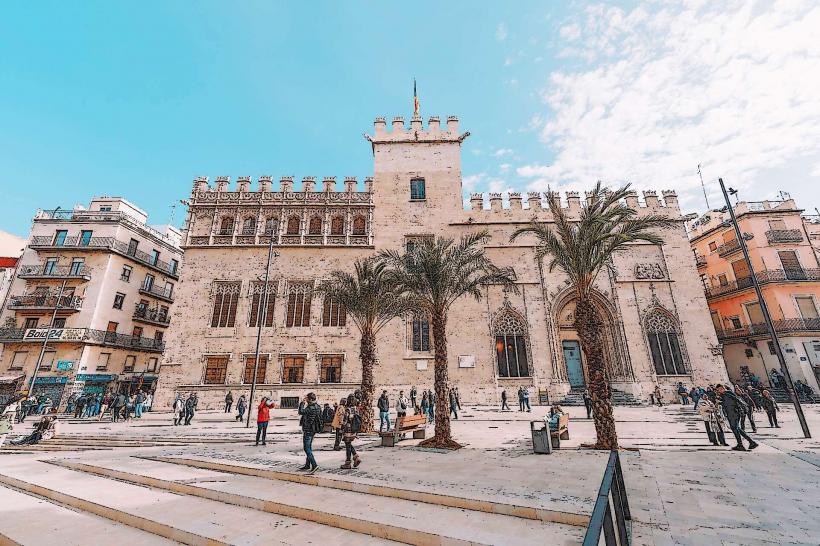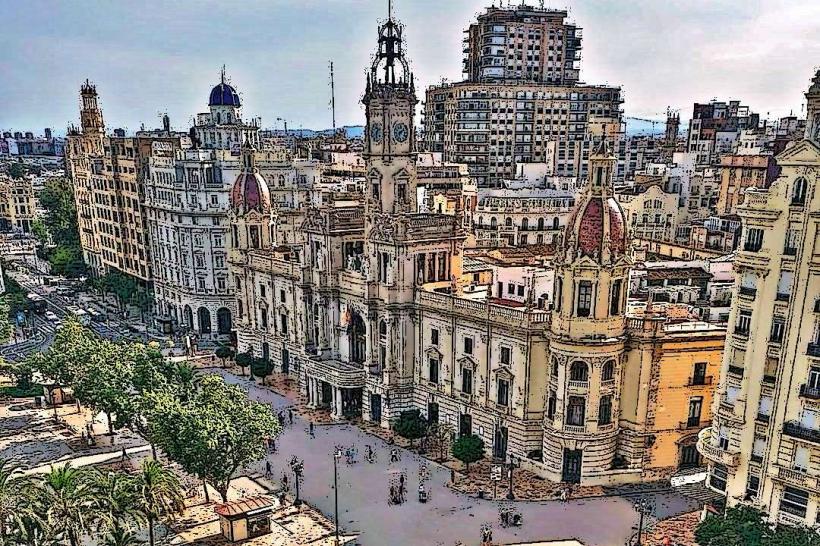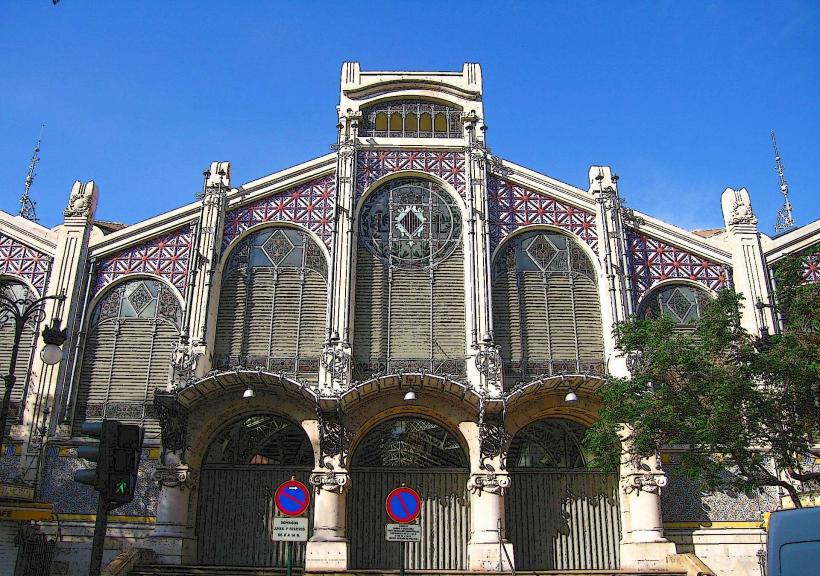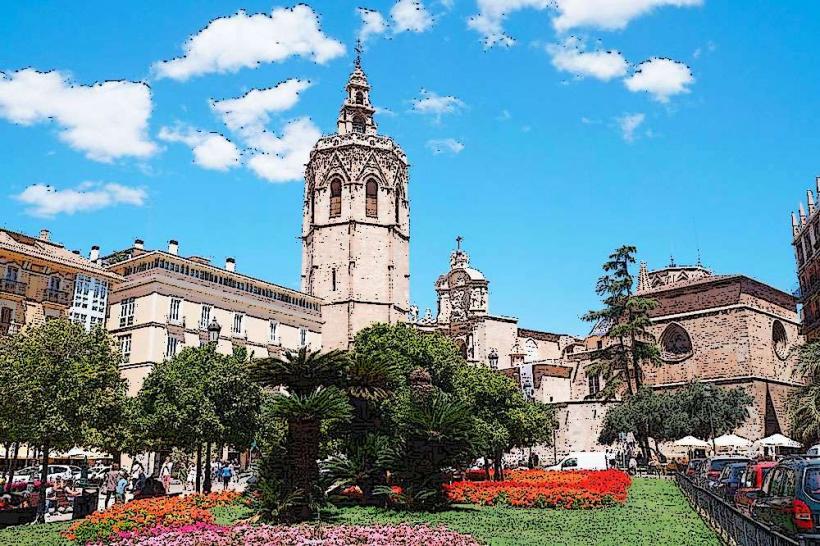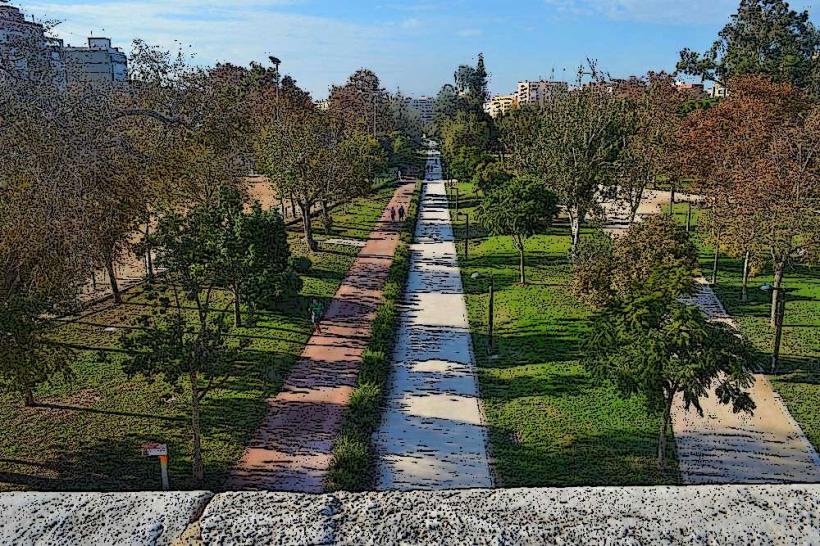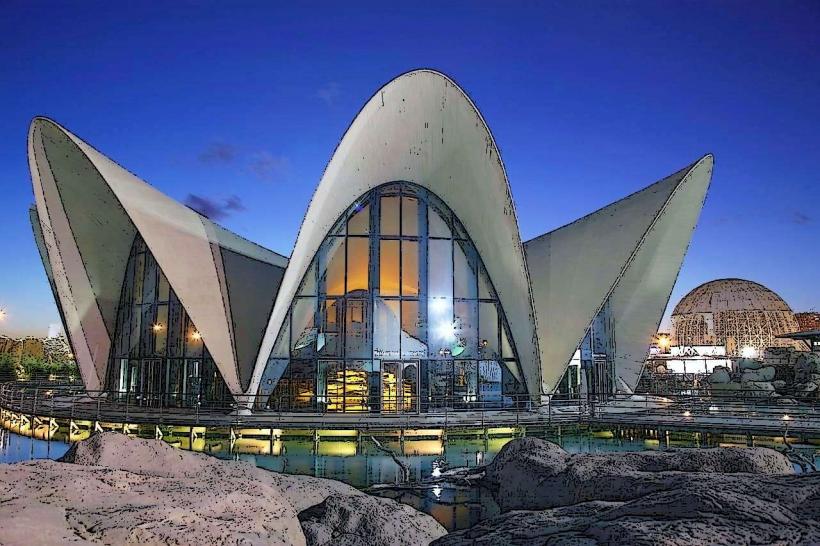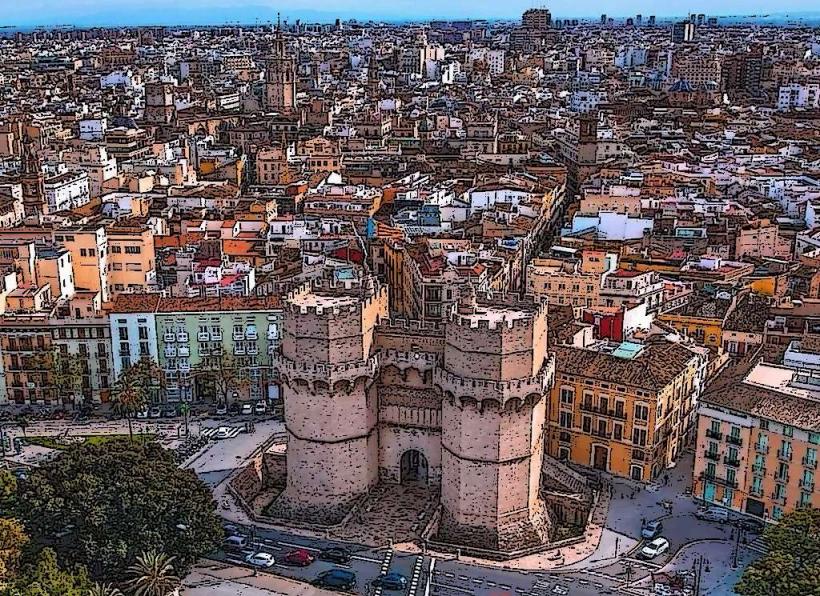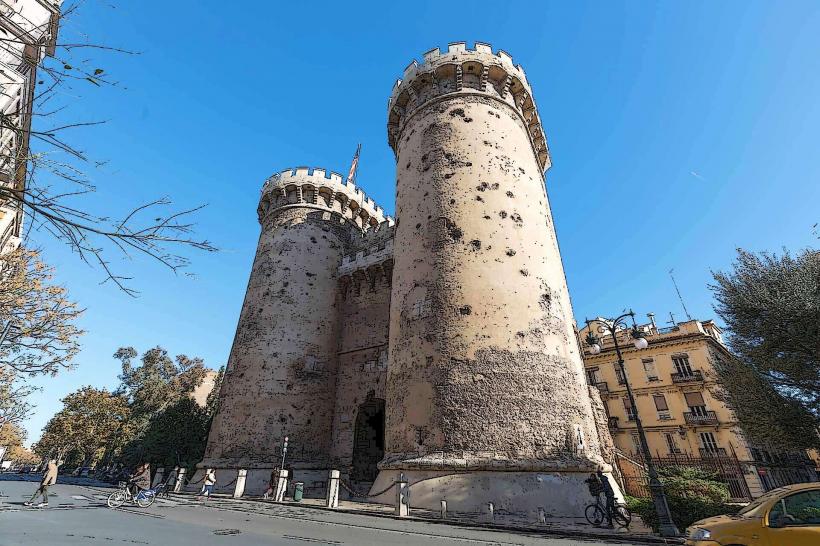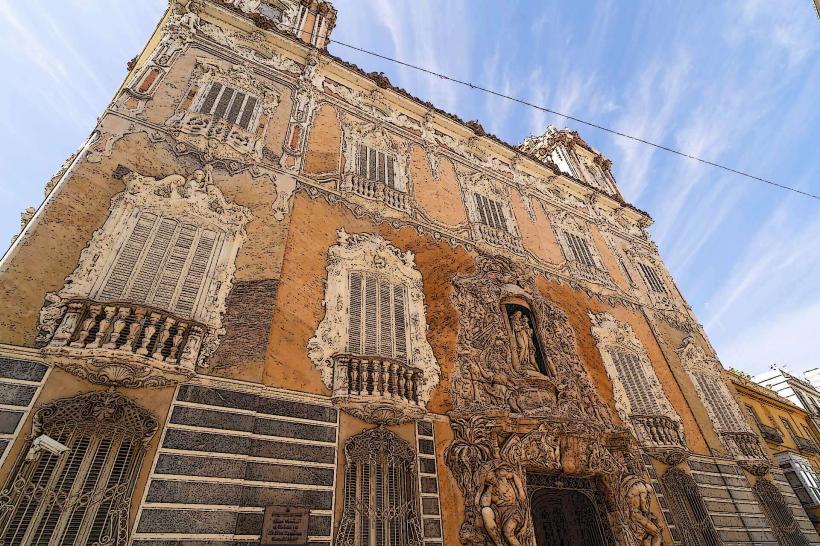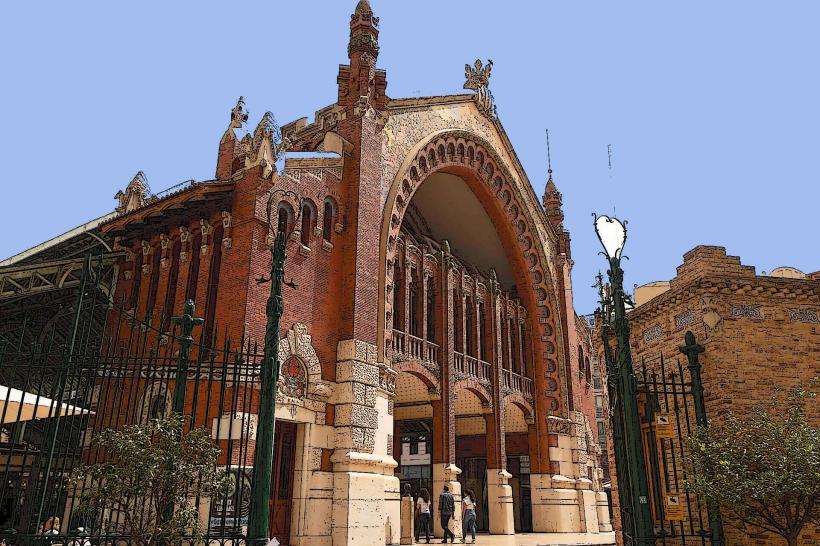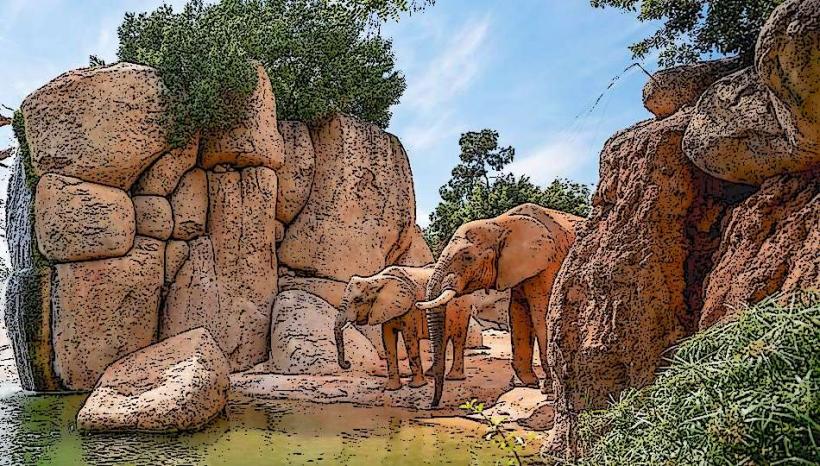Information
City: ValenciaCountry: Spain
Continent: Europe
Valencia is the third-largest city in Spain, located on the east coast, along the Mediterranean Sea. Known for its rich history, beautiful beaches, modern architecture, and vibrant cultural scene, Valencia offers a unique blend of ancient traditions and contemporary innovations. The city is famous for its Fallas Festival, paella (its signature dish), and City of Arts and Sciences complex, among many other attractions.
Historical Background
- Roman Origins: Valencia was founded as a Roman colony in 138 BC, known as Valentia Edetanorum. The city’s history spans over two millennia, with significant influence from the Romans, Visigoths, Moors, and Christians.
- Medieval Era: Valencia was conquered by the Moors in the 8th century and later reclaimed by King James I of Aragon in the 13th century, which shaped much of its architecture and culture. The city prospered under Christian rule, especially in the Middle Ages, when it became an important commercial and cultural center.
- Modern Era: In the 20th century, Valencia became one of Spain’s most important industrial and cultural hubs. The development of the City of Arts and Sciences and the construction of several modern landmarks have elevated Valencia as a key player in the world of contemporary architecture and design.
Key Attractions in Valencia
La Ciudad de las Artes y las Ciencias (City of Arts and Sciences):
- Designed by Santiago Calatrava and Felix Candela, this futuristic complex is one of Valencia’s most famous landmarks. The complex includes several iconic buildings:
- El Hemisférico: A giant IMAX cinema and planetarium that resembles an eye.
- Museo de las Ciencias Príncipe Felipe: A science museum housed in a striking building that resembles the skeleton of a whale.
- L'Oceanografic: The largest aquarium in Europe, which houses marine species from various ecosystems.
- Palau de les Arts Reina Sofía: A magnificent opera house and cultural venue.
- L'Oceanografic: The largest aquarium in Europe, designed in the shape of a water lily.
La Lonja de la Seda (Silk Exchange):
- A UNESCO World Heritage site, this Gothic-style building was constructed in the 15th century and served as the center of Valencia’s silk trade. It is one of the finest examples of medieval civic architecture in Spain. Highlights include the main hall, octagonal tower, and Patio de los Naranjos (Orange Tree Courtyard).
Valencia Cathedral and El Miguelete:
- The Valencia Cathedral, also known as the Holy Chalice Cathedral, is located in the old town of the city. It’s a mix of Romanesque, Gothic, and Baroque styles and is home to the Holy Grail, believed by some to be the true cup used by Christ at the Last Supper.
- Adjacent to the cathedral is the El Miguelete tower, which offers a panoramic view of the city.
Plaza de la Reina:
- One of the most important squares in the city, Plaza de la Reina is located in the historic center. Surrounded by cafes, shops, and the Valencia Cathedral, the square is a great place to explore and people-watch.
El Mercado Central:
- One of the oldest food markets in Europe, the Mercado Central offers a vibrant and colorful experience for visitors. This modernist building houses a wide variety of fresh produce, meats, seafood, cheeses, and local delicacies.
El Río Turia (Turia River Park):
- The Turia River once flowed through the heart of Valencia but was redirected after a major flood in 1957. Today, the former riverbed has been transformed into a sprawling park, one of the largest urban green spaces in Spain. It features walking paths, bike lanes, gardens, and cultural venues like the Palau de la Música.
Plaza de la Virgen:
- This square is located near some of the most significant buildings in Valencia, including the Valencia Cathedral and the Basilica de la Virgen de los Desamparados. It’s a popular meeting spot and hosts several festivals and events throughout the year.
The Albufera Natural Park:
- Located just south of Valencia, this vast wetland area is home to a variety of bird species and an excellent place for boat rides. The Albufera Lagoon is especially popular for its sunsets, and it’s the birthplace of the traditional paella.
Museo de Bellas Artes (Fine Arts Museum):
- This museum, housed in a former convent, features an impressive collection of Spanish art from the 14th to the 18th centuries, including works by Velázquez, Goya, and El Greco. It also showcases modern and contemporary art.
Fallas Festival:
- One of the most famous festivals in Spain, the Fallas is celebrated every March in honor of Saint Joseph. It features the construction of huge sculptures (fallas) that are paraded through the streets and then burned in a massive bonfire at the end of the festival. The event includes fireworks, parades, and street parties, making it a unique and unforgettable experience.
Cuisine
- Paella: Valencia is the birthplace of the world-famous dish paella. This rice-based dish typically features a combination of seafood, chicken, rabbit, and vegetables, though there are many regional variations. The traditional version is known as paella Valenciana.
- Horchata: A refreshing drink made from tigernuts (chufas), it is often served with fartons, a sweet pastry.
- Buñuelos: A type of fried dough, typically served during the Fallas Festival.
Shopping and Entertainment
- Valencia boasts an array of modern shopping malls, boutique stores, and local markets. The Colón Market and Carrer de Colón are two of the best places to explore for fashion, local goods, and souvenirs.
- The city is home to a variety of bars, tapas restaurants, and nightlife venues, particularly in the Ruzafa district, known for its trendy and bohemian vibe.
Beaches
- Malvarrosa Beach and Playa de la Patacona are some of the best beaches in Valencia. They are easily accessible from the city center, with wide sandy shores and plenty of beachside restaurants and bars. The Mediterranean climate ensures pleasant beach weather for most of the year.
Conclusion
Valencia offers a compelling combination of historic charm, modern innovation, and natural beauty. From its ancient architecture and historic landmarks to its cutting-edge contemporary art and architecture, the city has something for every type of traveler. Whether you're exploring the City of Arts and Sciences, savoring the flavors of authentic paella, or enjoying a stroll through the lush Turia River Park, Valencia promises to be a vibrant and enriching destination.

